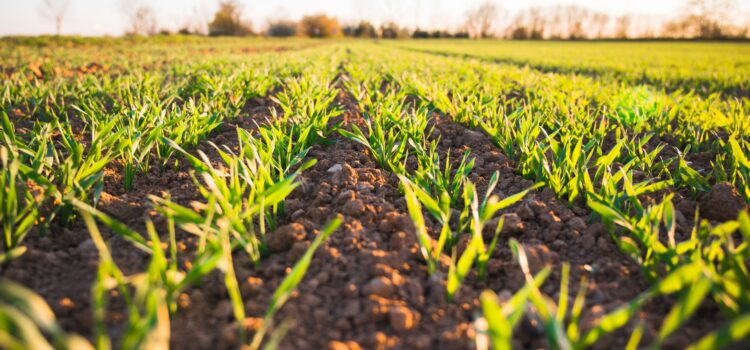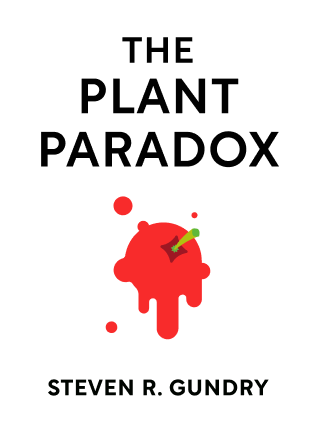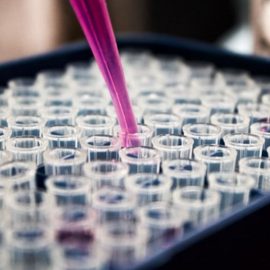

This article is an excerpt from the Shortform summary of "The Plant Paradox" by Steven R. Gundry. Shortform has the world's best summaries of books you should be reading.
Like this article? Sign up for a free trial here .
What is the history of the human diet? How has the evolution of the human diet impacted our modern health?
Learn about the evolution of the human diet and how four factors in the recent history of the human diet can explain many health issues.
Four Major Changes in the Evolution of the Human Diet
Your gut bacteria tell your immune system which compounds are safe to the body and which pose a threat. The gut bacteria and immune system continually learn what’s safe and what’s not through the evolution of the human diet, and it’s been adapting this way for more than 80 million years.
But relatively recently, humans’ diets have changed drastically and exposed our gut bacteria to new compounds that they don’t know what to do with. That’s why humans are facing illnesses like obesity and type 2 diabetes—we’re simply maladapted to many of the foods we eat.
There are four factors that brought about this major change.
Factor #1: The Agricultural Revolution
About 10,000 years ago, the Agricultural Revolution ushered in the harvesting of grains and legumes (beans) to store and eat when needed—more convenient than fruit, which had to be eaten during a narrow window of ripeness. Not only did the agricultural revolution introduce grain and beans into the human diet for the first time, but it also made them the primary food source.
The evolution of the human diet was a shift from a diet of mainly leaves, tubers (like sweet potatoes), and some animal fat and proteins—and humans’ gut bacteria and immune systems still haven’t adapted. Although the Agricultural Revolution was critical for the survival and growth of civilization, it led to health problems such as diabetes, obesity, clogged arteries, and tooth decay.
Factor #2: Casein A-1 Cows
About 2,000 years ago, a mutation in Northern European cows caused them to produce a different kind of protein in their milk that causes problems for people during digestion. Previously cows had produced a protein called casein A-2, but these cows began producing casein A-1. During digestion, casein A-1 turns into a protein similar to lectin that causes your immune system to attack your pancreas.
Unfortunately, A-1 cows are the most common breed for producing milk. The good news is, A-2 dairy products are becoming increasingly available. This has been an important factor in the evolution of the human diet recently.
Factor #3: Foreign Food from the New World
About 500 years ago, when Europeans landed in the Americas, they brought foreign food from the New World back with them to Europe. People in Europe, Asia, and Africa had never before been exposed to these New World foods, and 500 years isn’t enough for gut bacteria to adapt to them. The adaptations in the evolution of the human diet take more time to become part of us.
These foods included:
- The nightshade family, including tomatoes, potatoes, eggplants, and peppers
- The bean family, including peanuts and cashews
- Grains
- Pseudo-grains, including quinoa
- The squash family, including pumpkins, acorn, squash, and zucchini
- Chia and some other seeds
Factor #4: Processed Food and Chemicals
In the past 50 years, the rise of processed food and genetically modified organisms (GMOs) has introduced a whole new array of lectins that our bodies haven’t adapted to tolerate. Compared to the other three factors in the history of the human diet we just discussed, processed food has had the most dramatic impact on people’s health, because diets have changed so drastically at such a rapid pace: Fast food, microwave meals, and other processed foods have become a major part of many people’s diets.
Additionally, humans are being exposed to more chemicals that destroy certain gut bacteria that would’ve otherwise helped us process some of these lectins. Though this isn’t directly the evolution of the human diet, it does affect how we react to what we eat. As a result, we’re less able to process lectins at the same time we’re consuming them more heavily than ever before.
These chemicals are found in:
- Nonsteroidal anti-inflammatory drugs (NSAIDs), such as Advil, Motrin, ibuprofen, Aleve, Naprosyn, Mobic, Celebrex, and aspirin
- Antibiotics
- Fertilizers
- Herbicides
- Food additives
- Skin-care products
- Air fresheners
- Hand sanitizers
Around the 1950s, hybrid produce that could withstand long-distance shipping became more prevalent, giving shoppers year-round access to fruits and vegetables. However, the hybrid plants hadn’t existed long enough to develop natural defenses against cold weather, weeds, and insects, so they had to be manipulated in two ways that are harmful to consumers’ health.
- Farmers rely on pesticides, insecticides, and herbicides to keep their crops alive and profitable.
- Scientists insert genes that make the hybrid plants produce more lectins in order to increase their resistance to bugs and pests. This is one type of GMO.

———End of Preview———
Like what you just read? Read the rest of the world's best summary of Steven R. Gundry's "The Plant Paradox" at Shortform .
Here's what you'll find in our full The Plant Paradox summary :
- Why eating more vegetables isn't enough, and why some vegetables are toxic to your body
- The science behind lectins and how they tear apart your body, making you fat and sick
- The 6-week program to get your body back on healthy grack






